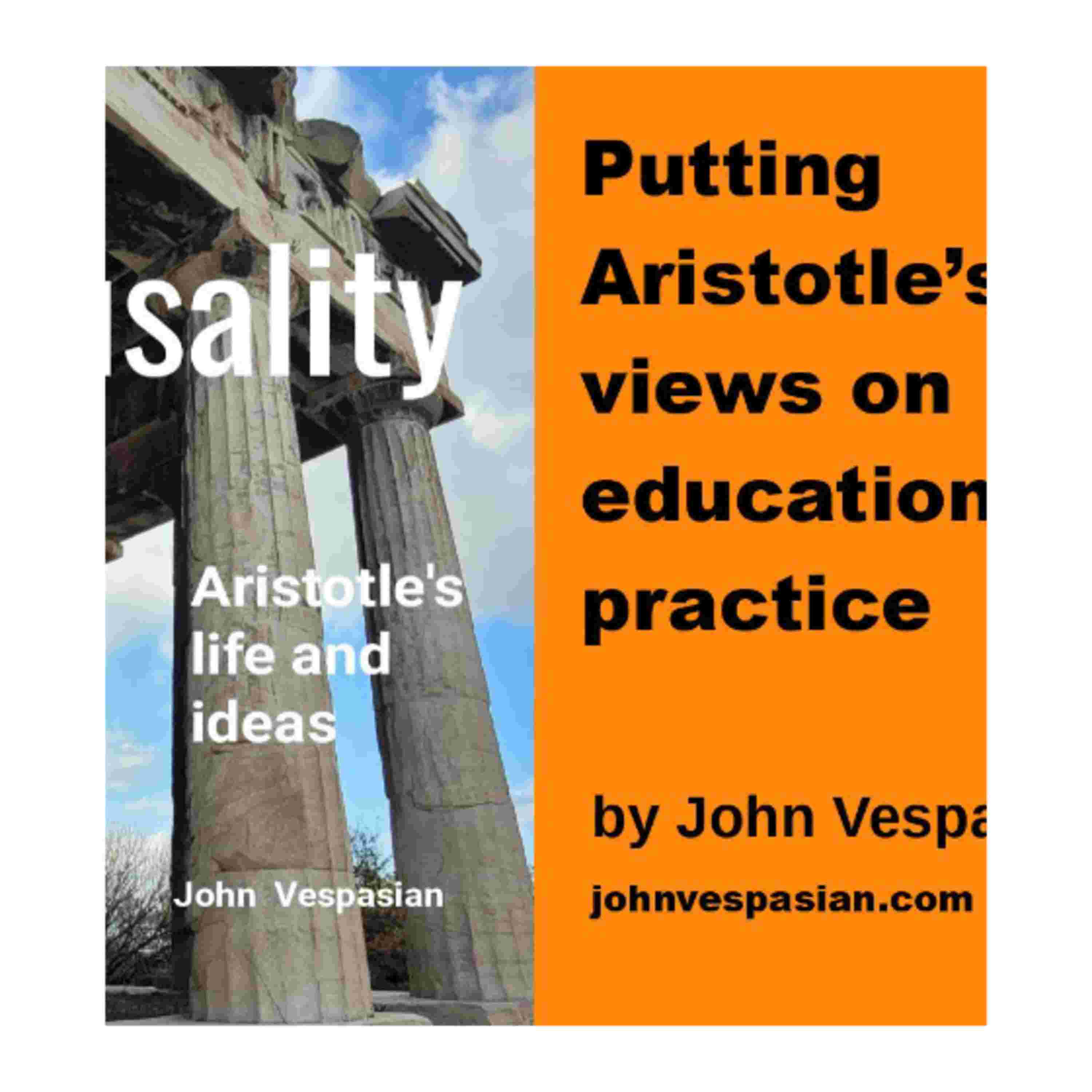

After the disastrous distortions introduced in late Antiquity, it took twenty-three centuries to put into practice the views that Aristotle (384-322 BC) had developed on education. The reason for the long interval is not that Aristotle’s ideas on education are difficult to grasp. In fact, it only takes a few hours of study to understand Aristotelian ethics, which regards happiness as the goal of human life and virtue as the path to happiness. Aristotelian educational ideas emanate from Aristotelian ethics. If happiness is the goal, and virtue shows the path, then the purpose of education is to teach virtue. Each student should learn ethics and acquire good habits (virtues) that will lead him to happiness. The reason why the world has taken twenty-three centuries to embrace Aristotelian education is that people did not agree with it. For twenty-three centuries, most educators had rejected the Aristotelian link between happiness, virtue and education. I give credit for starting to resurrect Aristotelian educational ideals to Johann Heinrich Pestalozzi (1746-1827). Although he did not come to embrace Aristotle out of intellectual reflection, his practical discoveries opened the door for reintroducing Aristotelian thinking in education. Without Pestalozzi’s work, I fear that education would still be following the authoritarian paradigm imposed by medieval monks and later strengthened by Bismarck (1815-1898). Just as Aristotle’s ideas rely on empiricism, Pestalozzi was a proponent of learning through experience. As a teacher, he had observed that students learn best by doing, and worst through rote memorisation. Pestalozzi outlined his ideas on education in his book “The Evening Hours of a Hermit,” published in 1780. He regarded a practical education as the best method because it helps students integrate conceptual knowledge with hands-on results. In his work “Metaphysics,” Aristotle had advised to analyse the four causes of entities, namely, the material cause (what are they made of?), formal cause (their shape), efficient cause (the force bringing them in motion) and final cause (their purpose). Similarly, Pestalozzi was teaching students by involving at the same time their heads, their heart, and their hands. Here is the link to the original article: https://johnvespasian.com/putting-aristotles-views-on-education-into-practice/